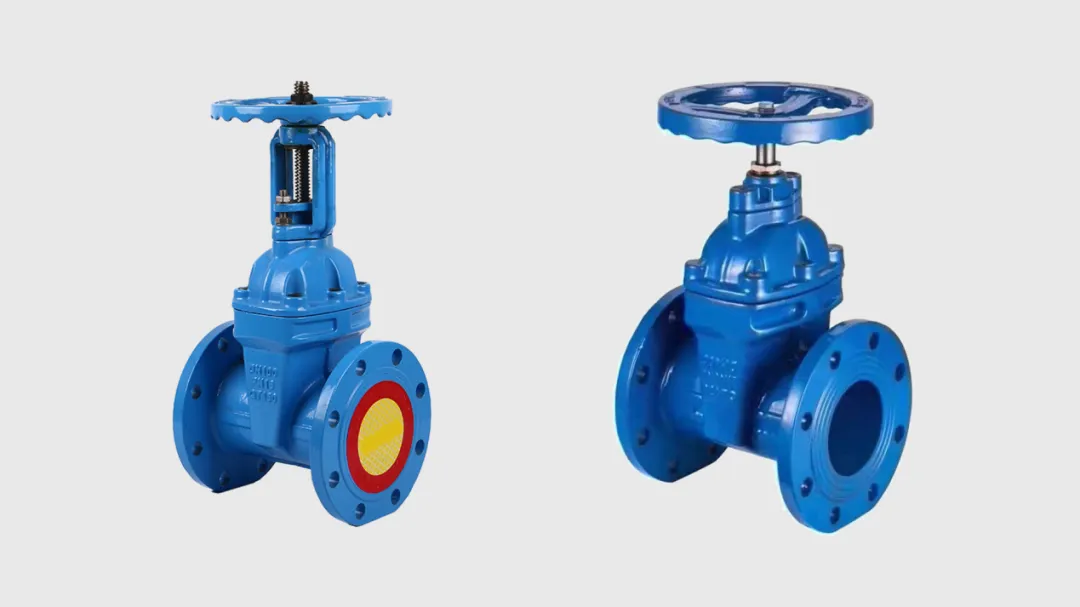Understanding Different Types of Check Valves for Fluid Control Systems
Understanding Check Valve Types An Essential Component in Fluid Systems
Check valves are crucial components in various fluid systems, designed to prevent backflow and ensure the smooth operation of piping systems. By permitting fluid to flow in one direction while blocking any reverse flow, these valves play a vital role in maintaining system efficiency, protecting equipment, and ensuring operational safety. In this article, we will explore the different types of check valves, their applications, and key considerations when selecting the right type for specific systems.
1. What is a Check Valve?
A check valve, often referred to as a non-return valve, is a mechanical device that allows fluid to flow in only one direction. It is an automatic, self-activating device that responds to the fluid pressure variation, ensuring that the direction of flow is as intended. Check valves are widely used in various applications, including water supply systems, wastewater management, oil and gas exploration, and chemical processing.
2. Common Types of Check Valves
There are several types of check valves, each suited for specific applications based on operational requirements
a
. Swing Check ValvesSwing check valves utilize a hinged disk that swings open or closed based on the flow direction. When fluid flows in the correct direction, the disk swings open, allowing the fluid to pass. Conversely, if there is a reverse flow, the disk swings back, sealing the valve to prevent backflow. Swing check valves are commonly used in applications where the pressure drop must be minimized, such as in water treatment plants and HVAC systems.
b. Lift Check Valves
Lift check valves have a vertically moving disk that lifts off its seat when fluid flows in the forward direction. When flow reverses, the disk falls back to its seat, preventing backflow. They are generally used in high-pressure applications and can handle larger flow rates. However, they may create a higher pressure drop compared to swing check valves. Lift check valves are commonly found in pump discharge lines and other high-pressure systems.
c. Ball Check Valves
check valve types

In ball check valves, a ball is used to block the flow. When fluid flows in the forward direction, the ball lifts off its seat, allowing flow. If there is a reversal of flow, the ball is forced back onto the seat, preventing backflow. Ball check valves are known for their reliability and are often used in applications requiring minimal pressure loss, such as in irrigation systems and inline pumps.
d. Duckbill Check Valves
Duckbill check valves are characterized by their flexible, rubber-like material that forms a duckbill shape. When fluid flows in the correct direction, the material opens, allowing the flow. When the flow reverses, the material closes, forming a tight seal to prevent backflow. These valves work well in low-pressure applications and are often found in drainage and wastewater systems.
3. Key Considerations for Selecting Check Valves
When choosing the appropriate check valve for an application, several factors must be taken into account
- Application Type Different applications have varying requirements regarding flow rates and pressure levels. Understanding the specific needs will help determine the most suitable valve type. - Pressure Drop Some check valves, like lift check valves, may cause a more significant pressure drop than others. In critical systems, it’s essential to consider how each type affects overall efficiency.
- Material Compatibility The valve material must be compatible with the fluid type and its properties, such as temperature and chemical composition. Depending on the application, materials can range from stainless steel and brass to rubber and PVC.
- Installation Position Some check valves, particularly swing check valves, can be sensitive to installation position. Ensure that the selected valve functions efficiently in the intended orientation.
4. Conclusion
Check valves are essential components in many fluid systems, serving to prevent backflow and protect equipment. By understanding the various types of check valves and their specific applications, engineers and system designers can make informed decisions that enhance the performance and reliability of their systems. Whether utilizing swing, lift, ball, or duckbill check valves, selecting the right type based on application requirements will ultimately lead to more efficient and effective fluid management.
-
The Key to Fluid Control: Exploring the Advantages of Ball Valves in Industrial SystemsNewsJul.09,2025
-
The Versatile World of 1, 2, and 3 Piece Ball ValvesNewsJul.09,2025
-
Stainless Steel Ball Valves: The Ideal Choice for Efficient Flow ControlNewsJul.09,2025
-
Optimizing Fluid Control with Ball Float ValvesNewsJul.09,2025
-
Manual Gate Valves: Essential for Control and EfficiencyNewsJul.09,2025
-
Everything You Need to Know About Butterfly ValvesNewsJul.09,2025
-
The Versatility of Wafer Type Butterfly ValvesNewsJul.08,2025




